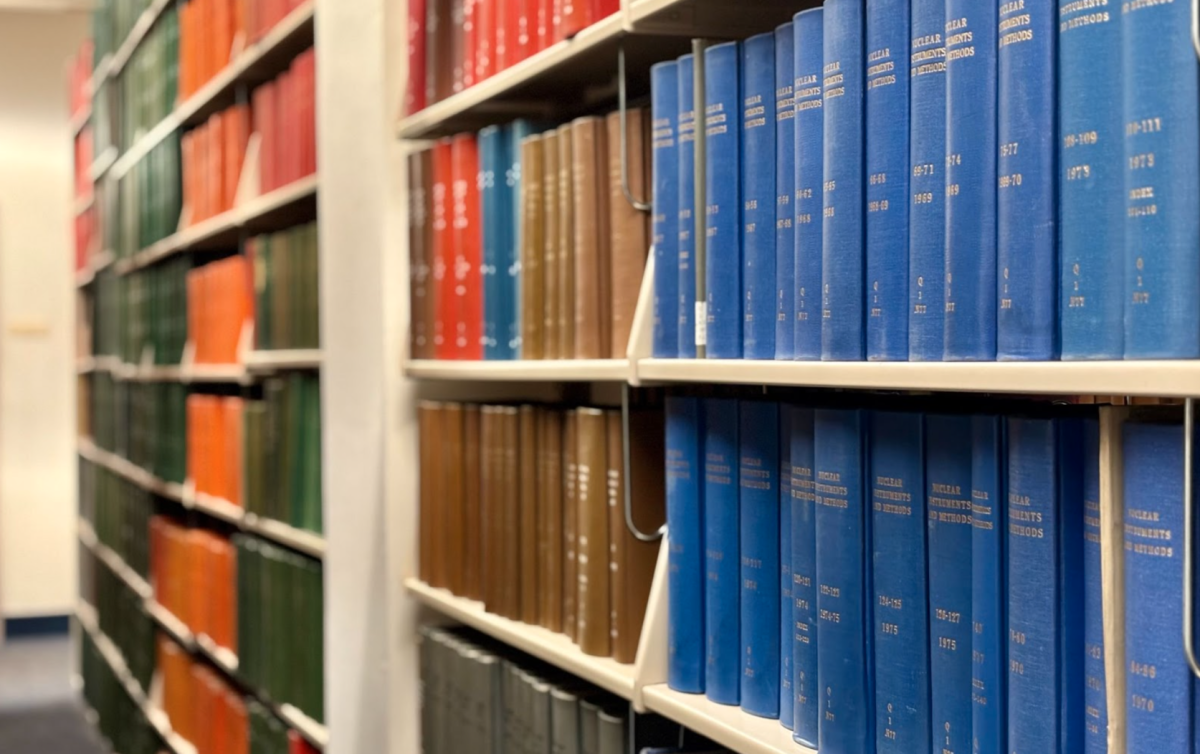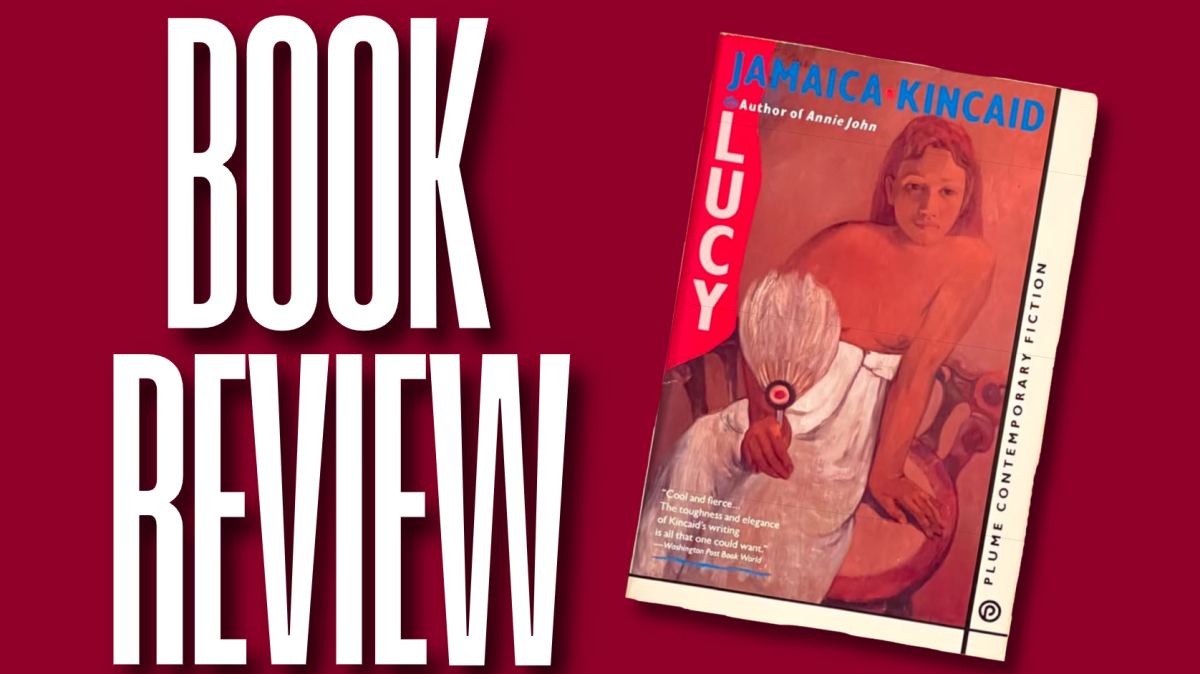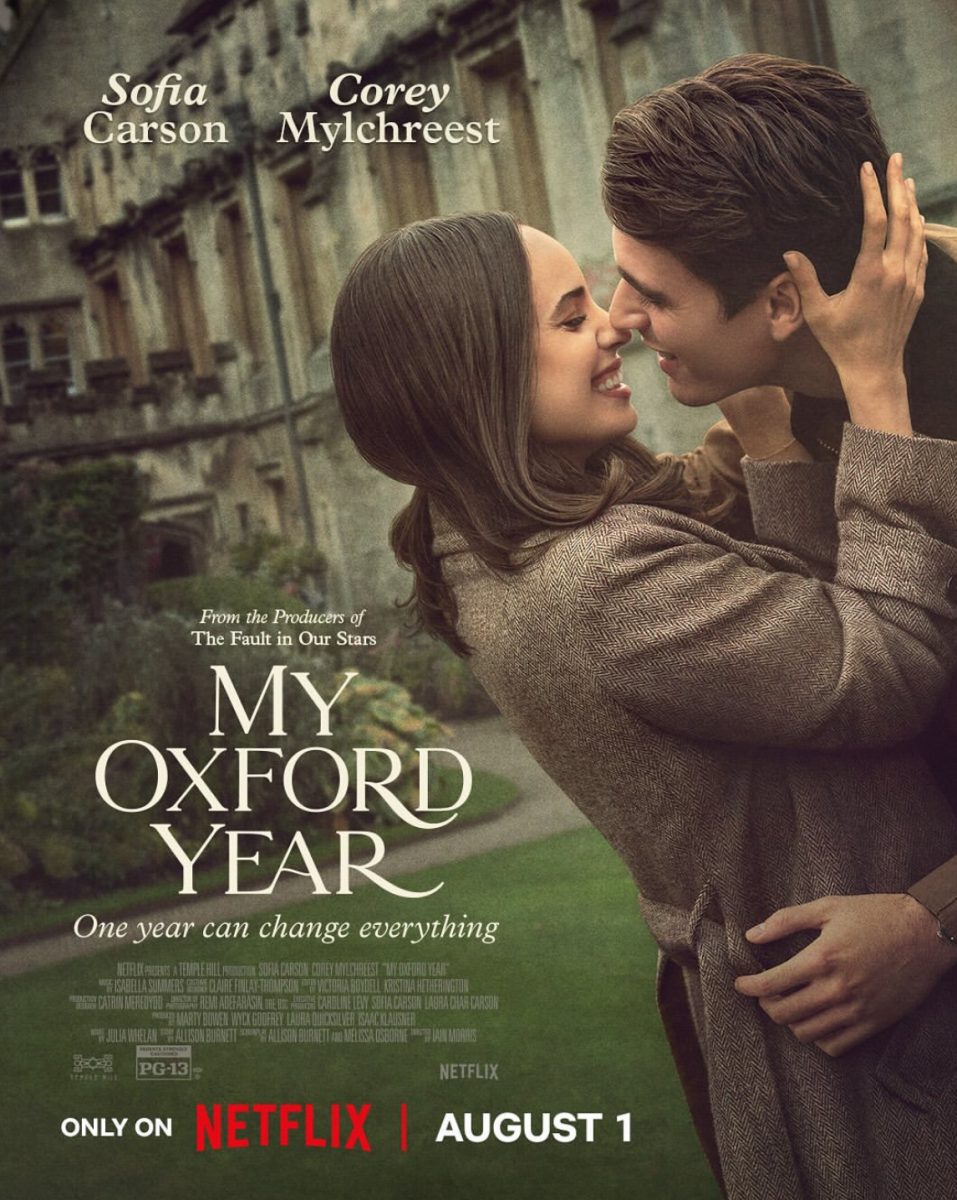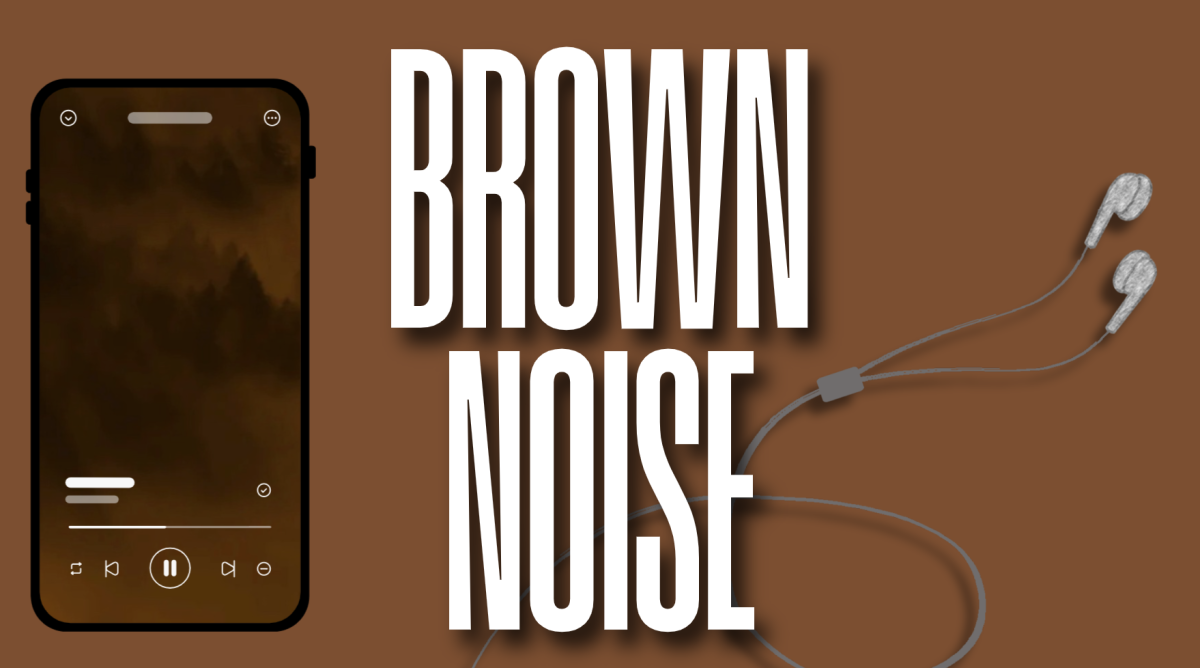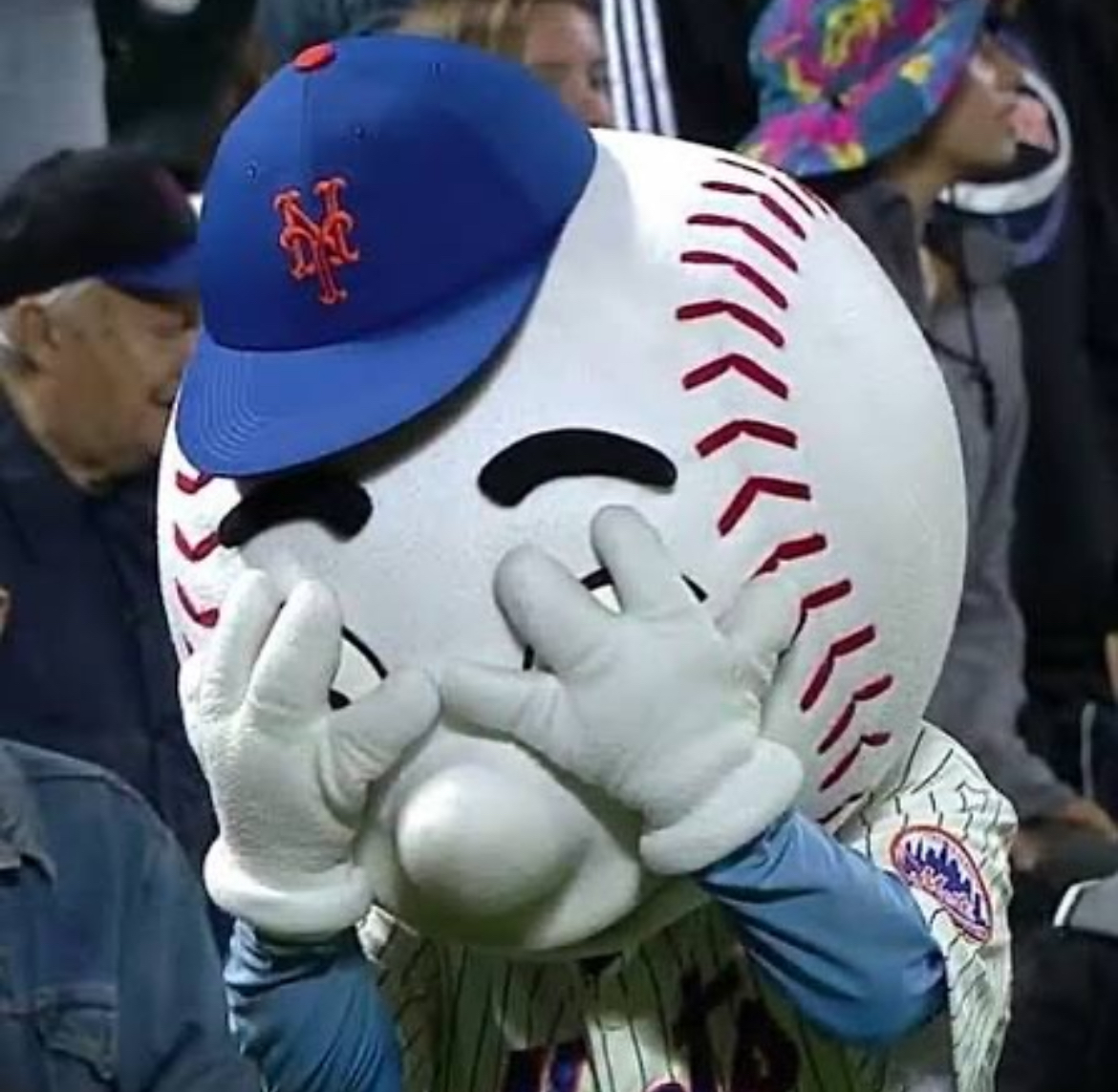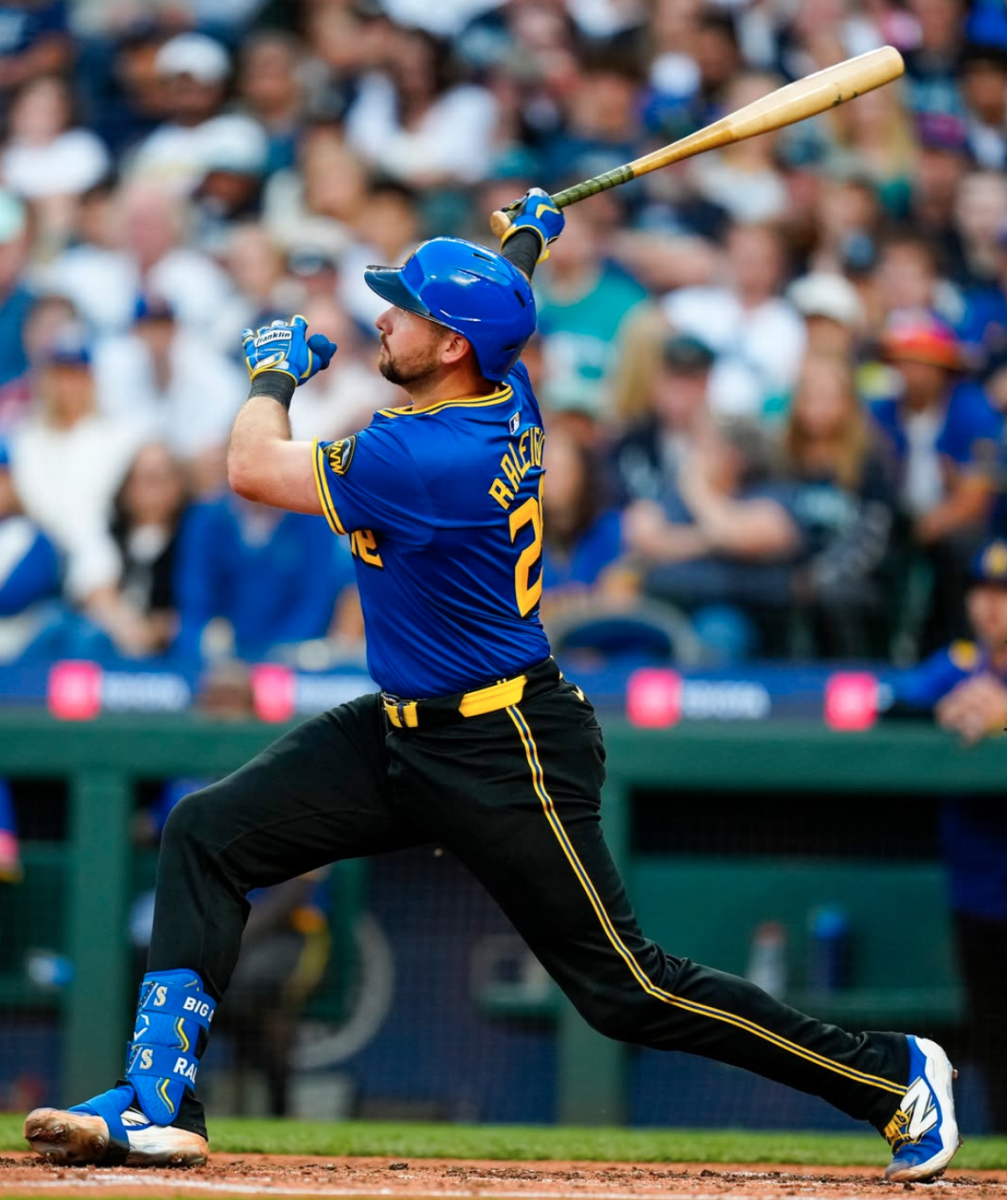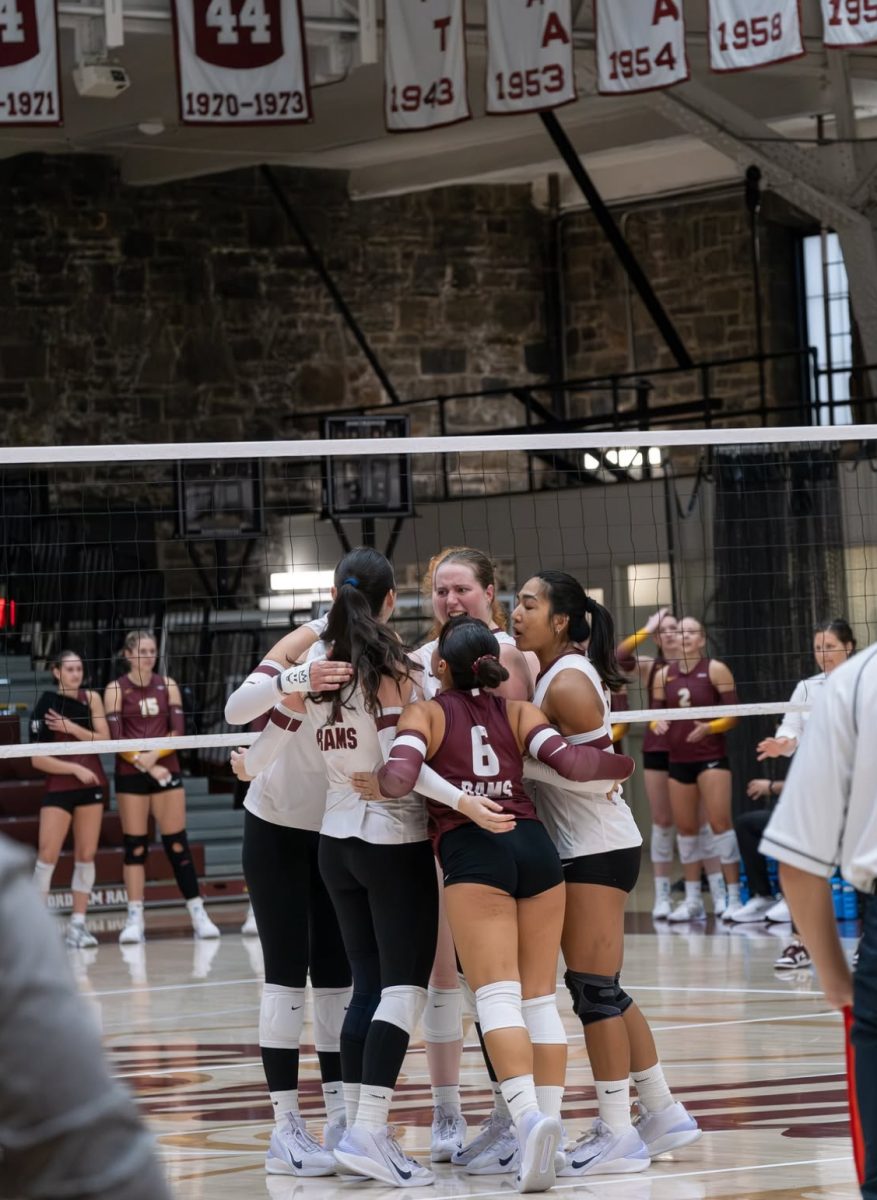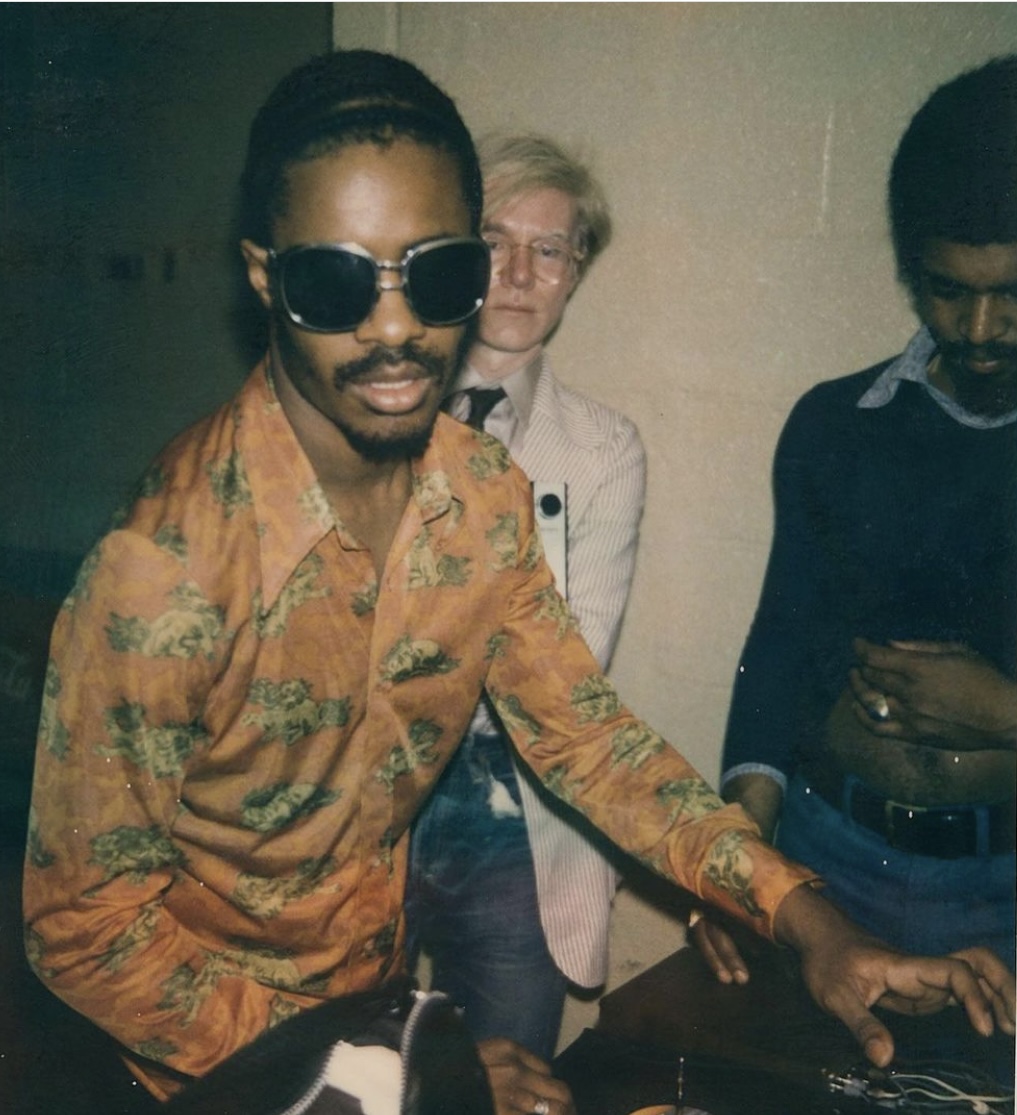Samuel Scriven, FCRH ’25, is a music major researching the influence of blindness on four notable musicians of the 20th century. His research project, entitled “Inner Visions,” mentored by Professor Nathan Lincoln-DeCusatis, began over the summer of 2023 and explores how blind musicians shaped Black music styles. He focused on four musicians — Stevie Wonder, Ray Charles, Marcus Roberts and Art Tatum. These four musicians, each influential in 20th-century Black music, all had a visual impairment. This pattern, Scriven said, “couldn’t be a coincidence.”
Stevie Wonder, known for his contributions to funk and the popularization of synthesizers, became blind as a newborn when exposed to too much oxygen in the hospital bassinet. Ray Charles, a pioneer of soul, had glaucoma at age seven. Marcus Roberts, a leader of the acoustic jazz movement, had cataracts. Art Tatum, a virtuosic jazz pianist, was already blind in one eye when a childhood accident took his vision in the other. The first phase of Scriven’s project started with historical research, reading about the lives of these musicians through whatever means available — interviews, autobiographies and the like. “I wanted to contextualize myself in their world,” he said.
Phase two was to zoom out, researching blind musicians in general and diving into some of the neuroscience behind this phenomenon. It turns out that in cases of visual impairment, there is enhanced cortical plasticity in the auditory region of the brain. This can lead to some benefits — in fact, “57% of blind musicians have perfect pitch,” Scriven said. This is a staggering statistic, especially when compared to the percentage of the general population. Scriven wanted to focus on the positive outcomes of making music with visual impairment. “I lived with cataracts my whole life, until 19, and after my surgery I was able to appreciate how beautiful life is,” he said. “You can make so much good out of it.”
In a world where they often had to depend on others because of their visual impairment, “they all sought this creative autonomy,” Scriven said. These musicians all taught themselves music, playing by ear. They were influenced by their experiences in church or by other Black musicians. Some eventually went to music school and received formal training, but they were all essentially self-taught. Scriven thinks there is certainly something conducive to art in the experience of suffering. He uses the examples of Wonder and Tatum. Wonder was a vocalist as well, and his lyrics often have personal meaning. Tatum developed his pianist skills through unconventional ways.
“In order to be great, you have to rise above challenges,” Scriven said. He finds these musicians inspiring for his own musical journey, both technically and emotionally.
Scriven said that “despite scientists finding a connection between childhood blindness and musical ability, there really isn’t much other research about it.” He said this made the research process challenging but also more rewarding. He was able to find some performance parallels in physical movement and technique among these four musicians — they “tended to play pieces in keys with a lot of flats as a means to orient themselves on the keyboard using the black notes, even when that made the piece so much harder to play given the position of the fingers when orienting in those keys,” Scriven said.
“Some like Stevie Wonder and Art Tatum also played with a splayed fingers technique that helped them do lightning fast runs and maneuver around the piano, something that traditional music schools wouldn’t teach,” he added.
Scriven said his goal is to compile this research into a paper and to create an accompanying performance. A musician himself, he said he is passionate about playing piano and singing, and said: “I want to combine these loves… create my own sound… express myself.” He said he hopes to resume his investigations as well, researching more musicians, conducting additional visits to music schools for the blind and interacting with professors at these institutions. Most of all, he will continue to develop as a musician. In seeing all the beauty the world holds, he said, “I want to be able to put that beauty into my music.”






